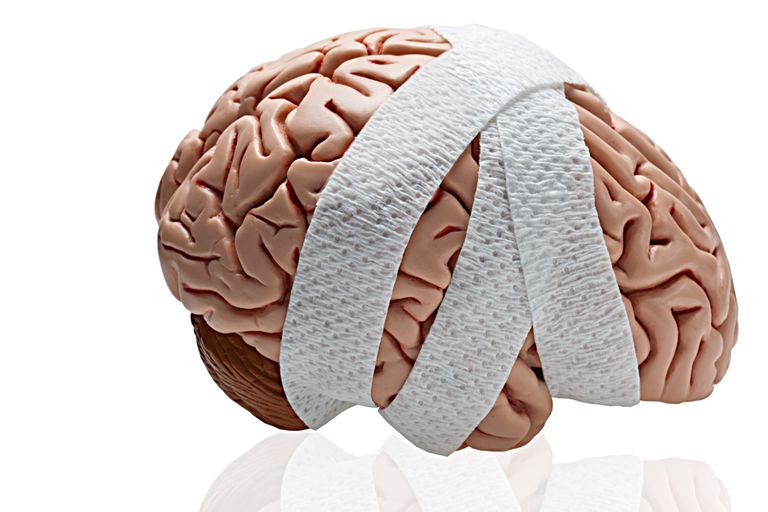What is Cerebral Trauma?
As the brain collides with the inside of the skull, there may be bruising of the brain, tearing of nerve fibers and bleeding. If the skull fractures, a broken piece of skull may penetrate the brain tissue.Causes include falls, sports injuries, gunshot wounds, physical aggression, and road traffic accidents.
The Centers for Disease Control and Prevention (CDC) define a TBI as “a disruption in the normal function of the brain that can be caused by a bump, blow, or jolt to the head, or penetrating head injury.”The severity of symptoms will depend on which part of the brain is affected, whether it is in a specific location or over a widespread area, and the extent of the damage.

In mild cases, temporary confusion and headache may occur. Serious TBI can result in unconsciousness, amnesia, disability, coma, and death or long-term impairment.
Symptoms
Signs and symptoms may appear at once, within 24 hours, or they may emerge days or weeks after the injury. Sometimes the symptoms are subtle. A person may notice a problem but not relate it to the injury. Some people will appear to have no symptoms after a TBI, but their condition worsens later. The effects can be physical and psychological.
The initial physical effects include bruising and swelling. Increased pressure in the brain can cause:
- damage to brain tissue, as it presses against the skull or as one part of the brain pushes into another
- pressure on blood vessels, reducing their ability to supply the brain cells with oxygen and essential nutrients
